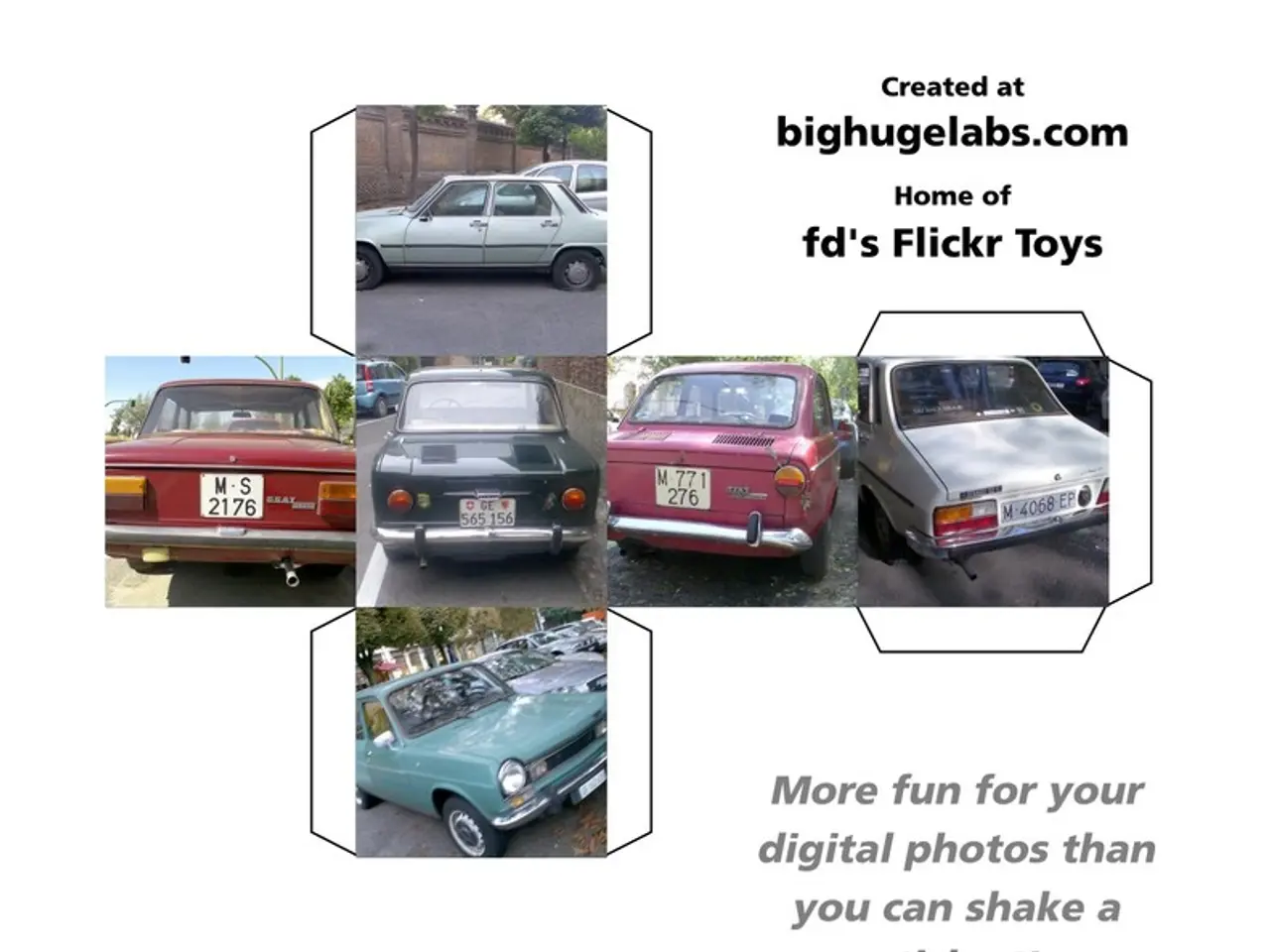North American Market for Self-Governing Trucks: Analysis
The world of autonomous vehicles (AVs) is rapidly evolving, particularly in the North American autonomous truck market. Instead of focusing on transporting people, these advanced AV trials and implementations are primarily geared towards moving packages and food along predefined paths.
This shift towards autonomous trucks is having a profound impact on the payments ecosystem. The traditional vehicle transaction model is being replaced by a complex digital payments and financial services ecosystem that seamlessly integrates in-vehicle commerce, subscription models, and real-time financial orchestration.
In-Vehicle Payments and Payment Orchestration
Autonomous trucks are transforming from mere transportation assets into digital platforms capable of managing diverse payments such as fuel, tolls, charging, parking, and maintenance services. Payment orchestration systems enable seamless, real-time financial flows across a fragmented ecosystem involving fleet operators, logistics providers, and service vendors, creating new revenue streams and operational efficiencies.
Subscription and Usage-Based Financial Models
The transition to autonomous and connected trucks is fostering subscription-based models for vehicle features, autonomous driving capabilities, insurance, and mobility services. Unlike passenger vehicles, the logistics sector, especially commercial autonomous trucks, is more amenable to pay-per-use or subscription pricing for autonomous driving software, telematics, and related financial services due to operational cost advantages and efficiency gains.
Cost Efficiency Driving Financial Flows
Autonomous truck operations drastically reduce human driver costs and increase uptime for freight movement. This efficiency increases transaction volumes across payment touchpoints (fuel, tolls, charging, maintenance) and accelerates financial transactions embedded directly within the vehicle ecosystem, demanding sophisticated payment orchestration to handle multi-party financial relationships and dynamic pricing.
Embedded Finance and Digital Wallets in Fleet Management
Trucks are functioning as payment hubs, supporting complex transactions without manual intervention. Embedded finance components enable real-time financial reconciliation and revenue management across stakeholders like manufacturers, fleet operators, insurers, infrastructure providers, and financial institutions.
Changing Insurance and Risk Payment Structures
Autonomous trucks are expected to reduce accident rates, leading to lower insurance premiums and claims frequency. This affects payment flows related to insurance products bundled or integrated into truck operations, potentially reshaping how payments for premiums are managed and collected in the autonomous truck ecosystem.
Cybersecurity and Driver Authentication Payment Implications
Integration of biometric and advanced authentication systems for vehicle access and services enhances security, which is critical for payment authorization and fraud prevention in autonomous fleets, ensuring secure and trusted financial transactions embedded in vehicles.
In summary, the North American autonomous truck market is driving a transformation in the payments ecosystem from a vehicle-sale-centric model to a complex, integrated mobility financial ecosystem characterized by embedded finance, subscription services, and real-time payment orchestration. This transformation is facilitating seamless financial interactions among multiple actors, optimizing operational costs, enabling new revenue streams, and altering traditional insurance and payment flows in the autonomous logistics sector.
Don Apgar, Director of the Merchant Services and Acquiring practice at Mercator Advisory Group, stated that the report is highly impactful and that payments are becoming a frictionless and invisible part of our everyday activities due to technology trends like AVs.
However, challenges associated with the widespread adoption of AVs, such as infrastructure, legislation, and safety concerns, still need to be addressed. Despite these challenges, major players like Walmart, Amazon, Uber's Postmates X robotics unit (now named Serve Robotics), and others are already testing and implementing self-driving truck deliveries and autonomous robots for deliveries.
The Covid-19 pandemic has accelerated and expanded the trial and usage of contactless purchases, payments, and deliveries through AVs. The benefits of AVs, including time and cost savings, convenience, a smaller environmental impact, and reduced staffing requirements, have become increasingly apparent. Consumer need for, exposure to, and acceptance of contactless delivery and the use of autonomous delivery robots and vehicles has also increased due to the pandemic.
As the adoption of autonomous vehicles continues to grow, it's clear that the payments ecosystem will undergo a significant transformation, making payments a seamless and invisible part of our everyday activities.
- The integration of biometric and advanced authentication systems for vehicle access and services in autonomous fleets is addressing concerns about security, which is crucial for authorizing and preventing fraud in the rapidly evolving, technology-driven mobility financial ecosystem.
- The adoption of subscription-based models for vehicle features, autonomous driving capabilities, insurance, and mobility services in the autonomous truck market is being facilitated by the operational cost advantages and efficiency gains in the transportation industry, shaping a more diversified, finance-centric landscape.




